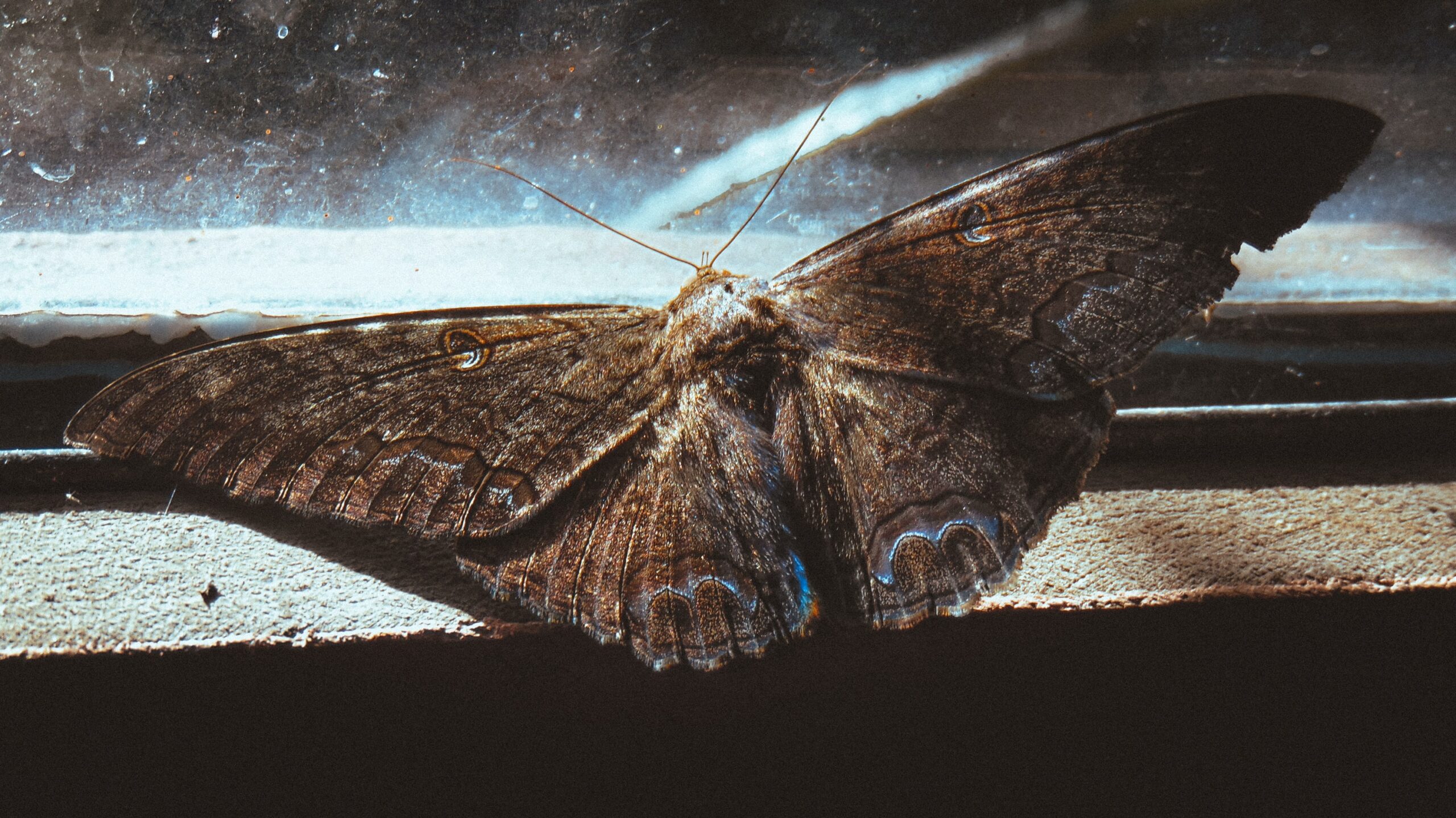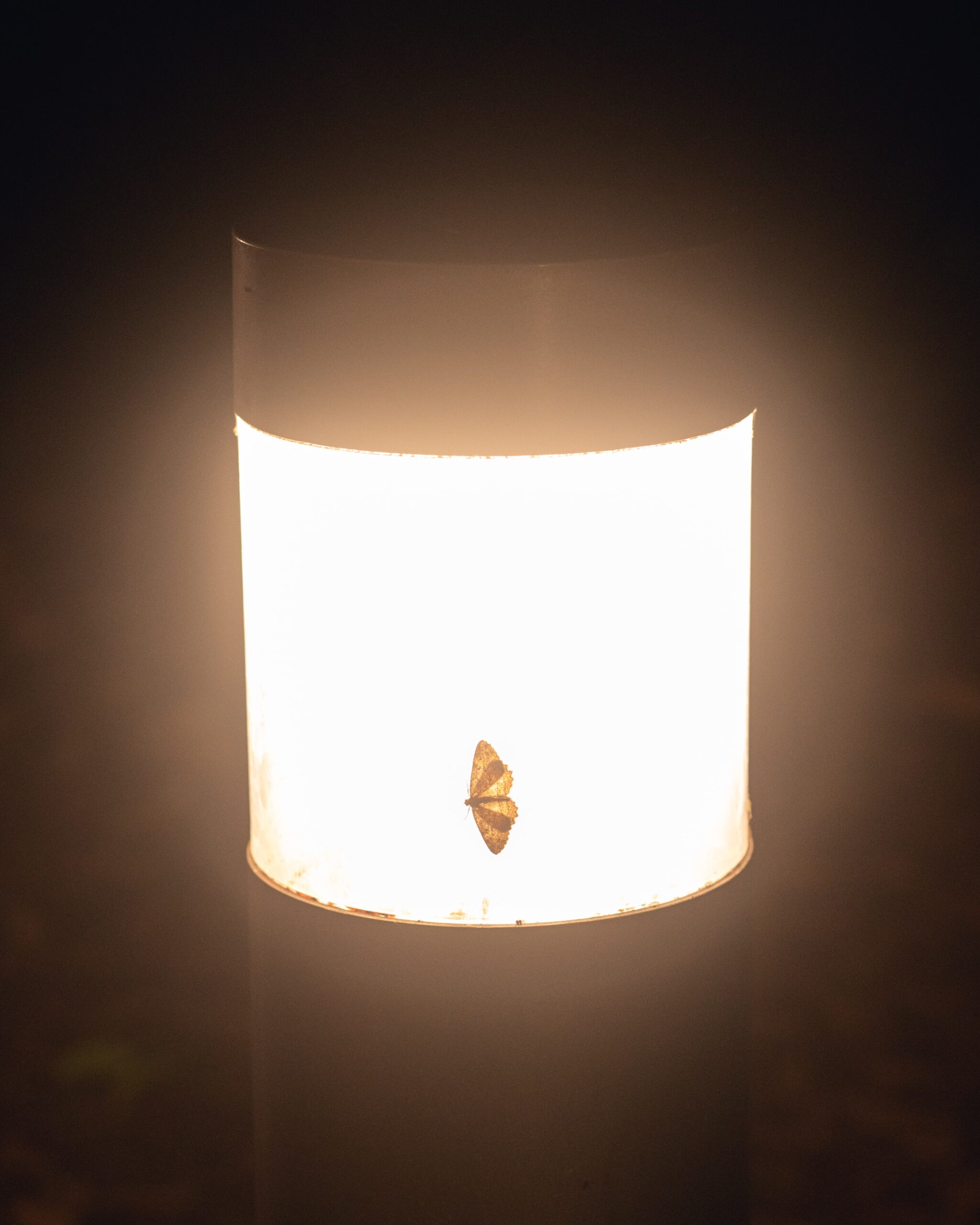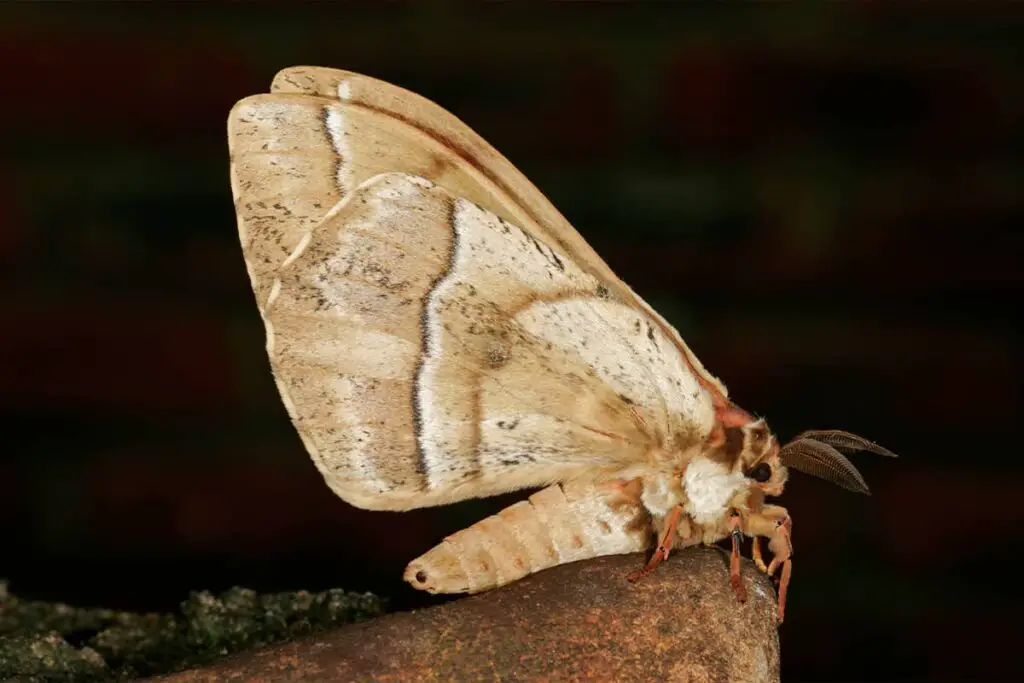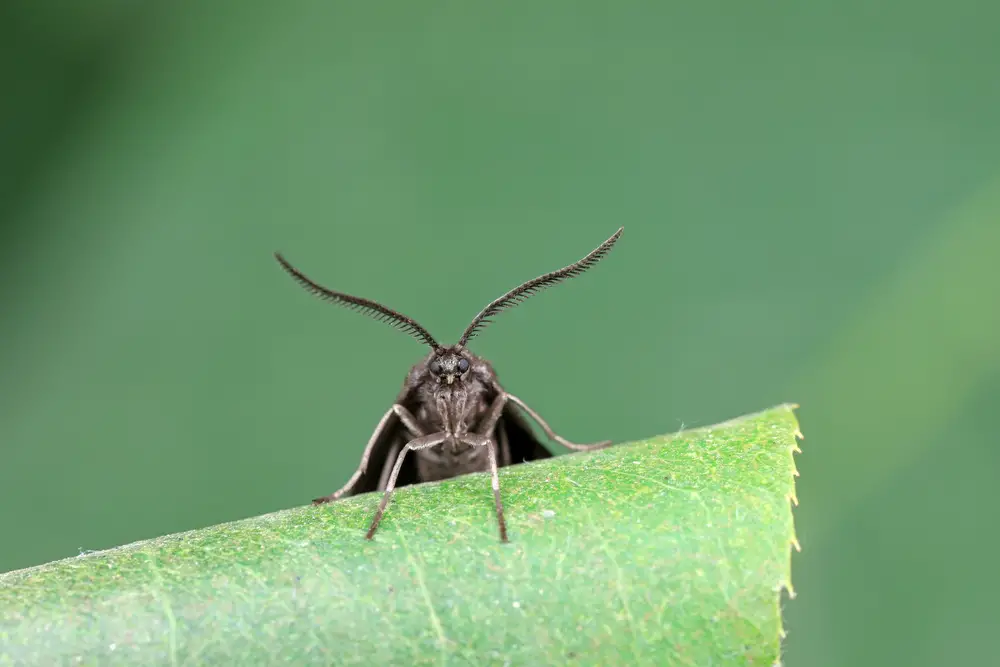When you think of moths, what comes to mind? For many people, the first thing that comes to mind is a dusty moth.
But why are moths so dusty? And why do they seem to attract dirt and dust more than other insects?
In this blog post, we will discuss why moths are so dusty and provide some tips on how to reduce the dust and dirt accumulated by modified hairs.
What Are Moths, And Why Are Moths Dusty?
Moths are a type of butterfly often seen fluttering around porch lights or lamps in the evening.
They are attracted to the light and heat, which is why they are often seen near candles or flames.
Moths generally have dusty scales because they live in dusty environments such as closets, garages, and attics. The moth dust sticks to their wings and body; over time, this can cause the moth to become more dust-coloured.
Materials covered in dust may also attract some moths, such as wool or cotton. It is why moths are sometimes found in clothes that have been stored for an extended period.
While some people may consider moths pests, they can be pretty helpful in the environment.
Moths tend to pollinate plants and flowers and provide food for other animals such as bats and birds.
Difference Between Butterflies and Moths

Butterflies and moths might look similar, but there are a few key differences between these two types of insects.
For one, butterflies have a few scales on their wings, while moths have tiny hairs.
Also, butterflies sometimes lose scales when flying, while moths do not.
Additionally, the scale wing of the moth is often thicker than a butterfly’s wing.
Finally, a moth’s body is typically covered in scales, while a butterfly is not.
These differences can help you to tell which type of insect you’re looking at the next time you spot one in your garden.
Read More: What Do Moths Eat?
Is Moth Dust Poisonous?
No, moth dust is not poisonous. It is generally considered to be harmless. However, if you are allergic to moth dust, you may experience irritation or discomfort.
How Do Moths Attract Dirt And Dust?

Moths are often attracted to dirt and dust. It is because they are looking for a place to lay their eggs. The eggs need a warm, moist environment to hatch, and dirt and dust provide the perfect conditions.
Once the eggs hatch, the larvae will feed on the dirt and dust, which provides them with the nutrients they need to grow.
Sometimes, Light-colored surfaces attract moths, such as white paper or cloth. It is because they mistake these surfaces for potential mates.
When they land on these surfaces, they release pheromones that attract other moths.
As a result, moths can quickly become trapped in a cycle of attraction and mating.
How To Reduce The Amount Of Dust That Moths accumulate?
Any homeowner knows that dust mites are a constant source of irritation. Not only are they attracted to the dust that accumulates in our homes, but they also wreak havoc on our furniture and clothing.
Fortunately, we can take a few simple steps to reduce the dust that moths accumulate with tiny scales.
- One of the most effective ways to reduce moth populations is to vacuum regularly. It will help remove any moths that may have already taken up residence in your home and any eggs or larvae that could hatch into new moths.
- In addition, it’s essential to keep your home clean and clutter-free. Moths are attracted to dirty environments, so keeping your home clean can make it less inviting for them.
- Finally, you can use moth repellents or traps to help keep them away.
By taking these simple steps, you can dramatically reduce the number of dust moths in your home.
Are There Any Benefits To Having A Dusty Moth Around The House?
Dusty moths might not seem like the most welcome house guests, but they can be beneficial.
For one thing, they help to keep dust levels down.
When moths fly around by flapping their wings, they create a mini-cyclone that sweeps dust off surfaces and into the air.
The moths then capture the dust particles on their furry bodies before they have a chance to settle back down again. This way, dusty moths act as natural dust busters, helping keep your home clean.
Another benefit of having dusty moths around is that they can help control other pests.
Many types of insects are attracted to dust, so by reducing the dust in your home, you can also reduce the number of insects.
It is especially beneficial in the summer months when insects are most active.
So, if you find a dusty moth in your home, don’t be so quick to shoo it away – it might just be doing you a favour.
How Can You Tell If Your Moth Is Too Dusty?
Moths are often attracted to dusty places. If you see a moth flying around your home, it’s likely because some dust is present.
If your moth is too dusty, you might notice that it is not flying as well as usual.
The dust will weigh down the moth and make it harder for it to fly. You might also notice that the moth is not moving around as much as it usually does. The dust will stick to the moth’s wing dust and body, making it difficult for the moth to move.
If you see a moth covered in dust, you can gently brush the dust off with a soft brush.
You may also use a soft brush attachment on a vacuum cleaner to remove the dust from your moth.
What Should You Do If Your Moth Becomes Too Dusty?
If your moth becomes too dusty, you should take it outside and let it fly around in the rain.
The rain will wash away the dust and help to keep the moth’s wings clean. You should also ensure that the moth has a freshwater source, such as a bowl of water with a few drops of honey.
The honey will give the moth nutrients and help keep the moth’s wings moist with thicker scale layers.
Lastly, you should provide the moth with a safe place to rest, such as a piece of cloth or a box with holes. It will help keep the moth from getting lost and allow it to rest its wings.
By following these simple steps, you can help to keep your mouth healthy and happy.
Read More: How To Get Rid Of Gypsy Moths?
In Other Words
Moths are attracted to dusty environments, so keeping your home clean can make it less inviting for them. You can also use moth repellents or traps to help keep them away.
By taking these simple steps, you can dramatically reduce the number of dust moths in your home.
Do you know why moths are dusty? Share it in the comment below!
Keep Reading:
Where Do Dragonflies Go When It Rains?
Driven by a passion for those tiny creatures that rule our world, we at Bug Domain strive to be your go-to resource for information on insects.



